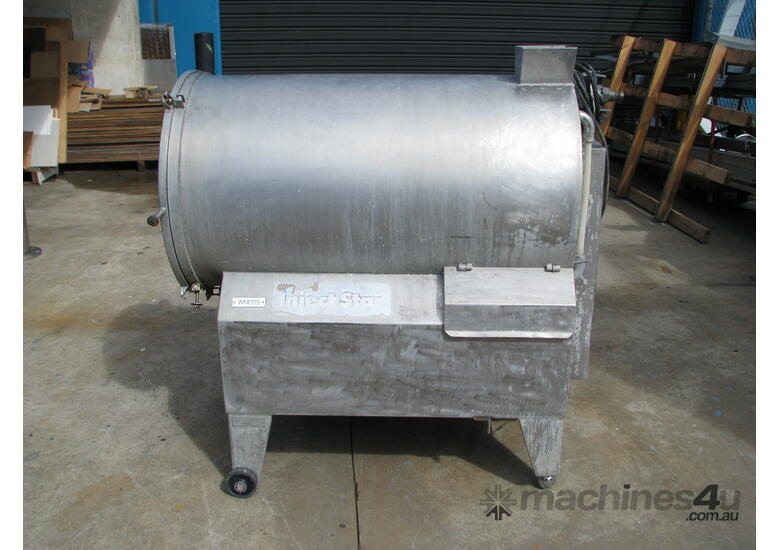

Adgate media heavy metal machines update#
A recent update by Health Canada ( 2017) estimates the number of annual premature mortalities in Canada attributable to air pollution from human sources in North America to be 14,400. In Canada, a study of the Canadian Medical Association revealed that for the year 2008, air pollution has caused 21,000 premature deaths, 11,000 admissions to hospital, and 620,000 visits to physicians for total costs beyond 8 billion dollars in Canada (CMA 2008). A large part of this burden is associated with global epidemics of heart disease, stroke, respiratory diseases, and cancer (Burnett, Chen, and Szyszkowicz et al. 2013) with more than two-thirds of the deaths occurring in Asia according to Lelielveld et al.

According to the literature, it is estimated that outdoor air pollution is responsible for premature death in a range from 3.7 to 8.9 million persons on an annual basis across the world (Burnett, Chen, and Szyszkowicz et al. Air pollution (indoor and outdoor) has become the largest environmental cause of disease and death in the world today (Fuller et al. The associated “emerging pollutants” that are known or suspected to be harmful to human health deserve more attention. This review also highlights some of the difficulties with the management of these emerging pollutants, and the need for an integrated approach.Ī key possible consequence of the emergence of new technologies in modern life includes an increase in atmospheric emissions of pollutants to the ambient air. The ultimate objective is to inform about the need to 1) address emerging issues through adequate surface monitoring and modeling in order to inform the development of regulations, 2) reduce uncertainties by geographically mapping emerging pollutants (e.g., through data fusion, data assimilation of observations into air quality models) which can improve the scientific support of epidemiological studies and policies. It also provides a critical discussion of some related issues. Implications: This overview paper provides a selection methodology for emerging pollutants in the atmospheric environment. Here, a multidisciplinary and critical overview of selected emerging pollutants and related critical issues is presented with a focus in Canada. Finally, the interaction between biological and anthropogenic pollution has been found to be a double threat for public health. Some selected emerging issues are also discussed here and include the growing concern of ultrafine or nanoparticles, growing ammonia emissions (due to rapid expansion of the agriculture), increased methane/ethane/propane emissions (due to the expanding hydraulic fracturing in the oil and gas sector) and the growing transportation sector. A new methodology to rank emerging pollutants is proposed here based on weighting multiple criteria. Here, an emerging pollutant is defined as one that meets the following criteria: 1) potential or demonstrated risk for humans or the environment, 2) absence of Canada-wide national standard, 3) insufficient routine monitoring, 4) yearly emissions greater than one ton in Canada, 5) insufficient data concerning significant sources, fate, and detection limit, and 6) insufficiently addressed by epidemiological studies. As a result, these atmospheric pollutants insufficiently addressed by science in Canada and elsewhere are becoming a growing issue with likely human and environmental impacts in the near future.

In North America, the rapid evolution of technologies (e.g., nanotechnology, unconventional oil and gas rapid development, higher demand for fertilizers in agriculture) and growing demand for ground, marine and air transportation may result in significant increases of emissions of pollutants that have not been carefully studied so far. Although there is uncertainty on this figure, outdoor air pollution represents one of the greatest global risks to human health.

According to the literature, it is estimated that outdoor air pollution is responsible for the premature death in a range from 3.7 to 8.9 million persons on an annual basis across the world.


 0 kommentar(er)
0 kommentar(er)
